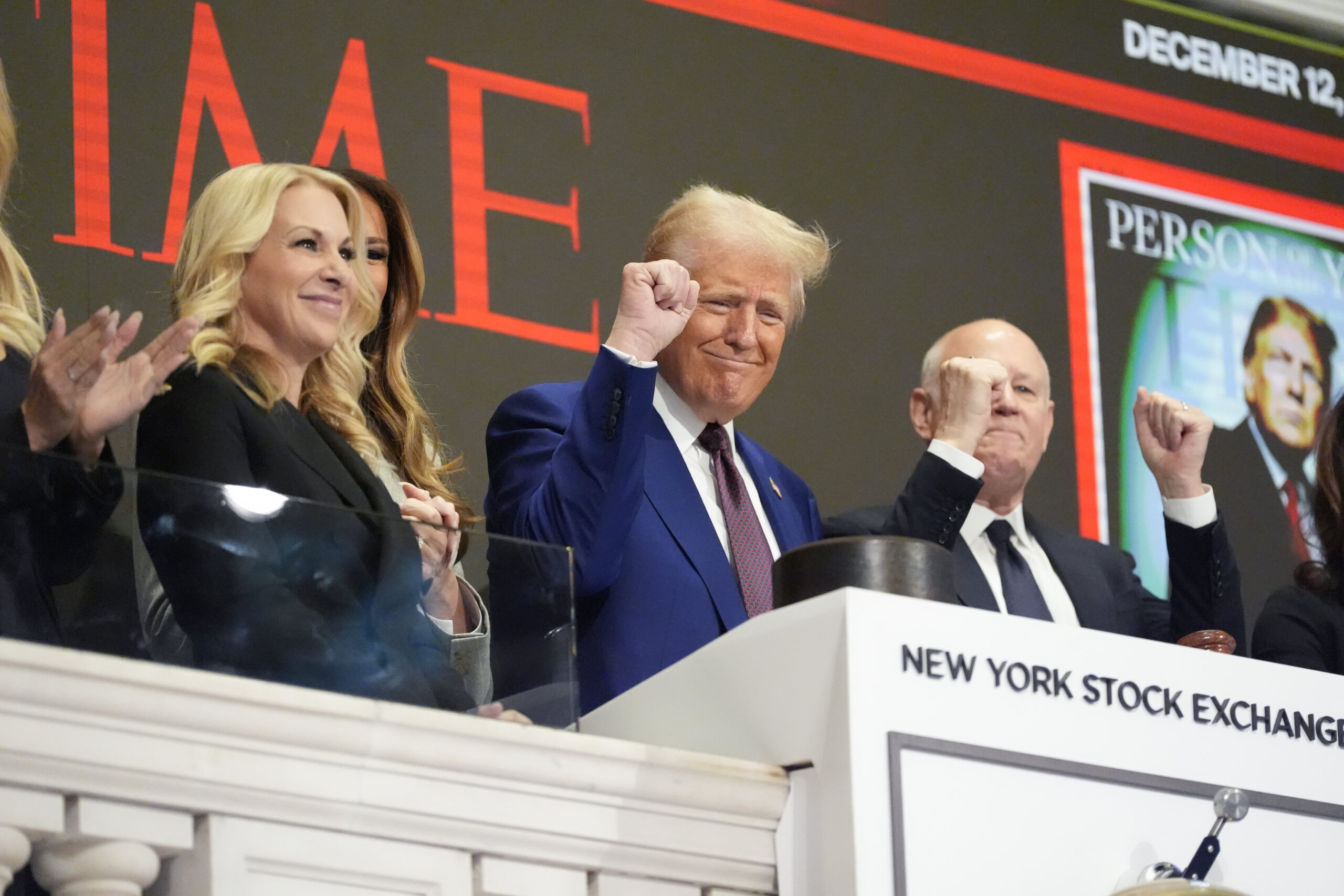New York: Bond traders no longer expect the US Federal Reserve (Fed) to lower interest rates by more than 75 basis points this year, bringing their view in line with what Fed policy makers have indicated is the likeliest outcome.
Swap contracts that predict decisions by the US central bank repriced to higher rate levels, with the December contract’s reaching 4.58% in afternoon trading in New York and only 75 basis points lower than the effective federal funds rate of 5.33%. The Fed’s target band for that rate has been 5.25%-5.5% since July.
Market-implied expectations for what the Fed will do have been converging toward the median of policymakers’ latest quarterly forecasts, made in December.
However, even that amount of interest-rate cuts is in doubt, with some investors contemplating the possibility that additional rate increases will be needed.
“The air has been taken out of the bubble of over-expectation of rate cuts,” said Tony Farren, managing director in rates sales and trading at Mischler Financial Group. “The market right now is fairly priced.”
The repricing mirrored a small rise in US Treasury yields that gathered pace during US afternoon trading, despite a good result for an auction of seven-year notes.
Bond investors also are contending with an onslaught of new corporate issuance that has given yield-seeking investors ample alternatives. Investment-grade companies sold more debt in the United States this month than in any other February on record.
The pace of corporate bond offerings slowed from Monday, the third-busiest day so far this year, however, and a gauge of February consumer confidence was weaker than expected.
At the start of the year, the amount of easing priced in for 2024 exceeded 150 basis points.
For some, that expectation was based on the view that the US economy would enter at least a mild recession this year brought about by the Fed’s 11 rate hikes over the past two years.
Since then, growth data has broadly exceeded expectations, while the downward trend of inflation has shown signs of stalling.
“My view in a word is ‘Finally!’,” Leah Traub, portfolio manager at Lord Abbett, said. “The market was way too bullish on the timing and amount of Fed cuts coming into the year.”
Fed policymakers have said that while they anticipate cutting rates this year, they first need to see additional evidence that inflation is on a sustainable path back toward their 2% target.
The Fed’s preferred inflation gauge, the deflator for personal consumption expenditures (PCE), is slated to be released today and will shed more light on price pressures after a gauge of consumer prices indicated hotter-than-expected inflation in January.
Mischler’s Farren said inflation readings in line with expectations may benefit the market since the long-term trend for consumer prices is favourable.
The absence of coupon auctions until March 11 could also help the market, he said. Treasuries found support last week from anticipation that the end of the month will spur reallocation into bonds following strong performance by equities.
Fed chair Jerome Powell’s March 7 congressional testimony and February employment data to be released the following day are the next major events after this week’s PCE data with the potential to shape expectations for rate cuts this year.
“The market has seemingly overshot its forward rates view quite a bit over the past year, so it wouldn’t totally surprise me to see the hawks take over until the data cools further,” said George Catrambone, head of fixed income at DWS Investment Management Americas. — Bloomberg
